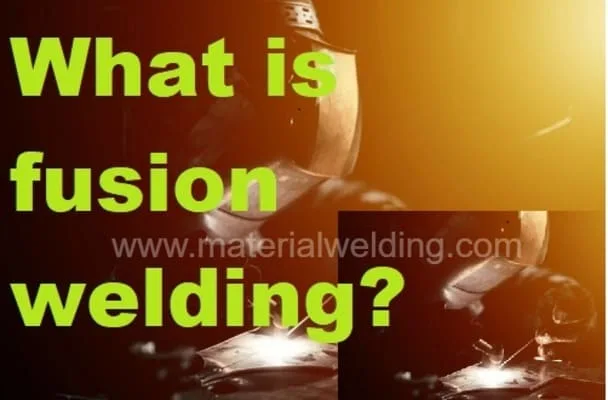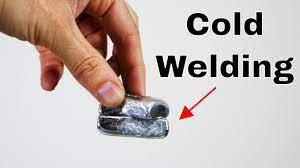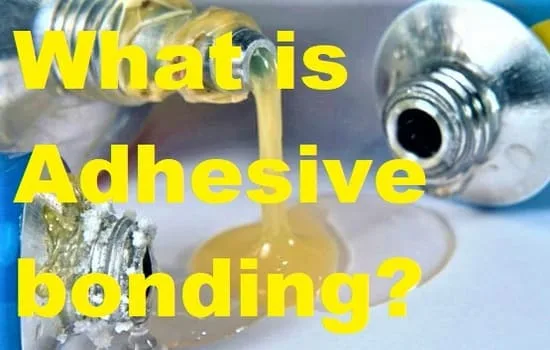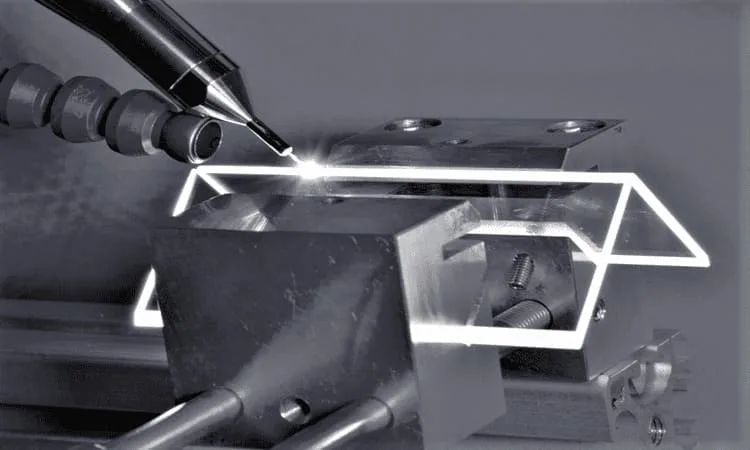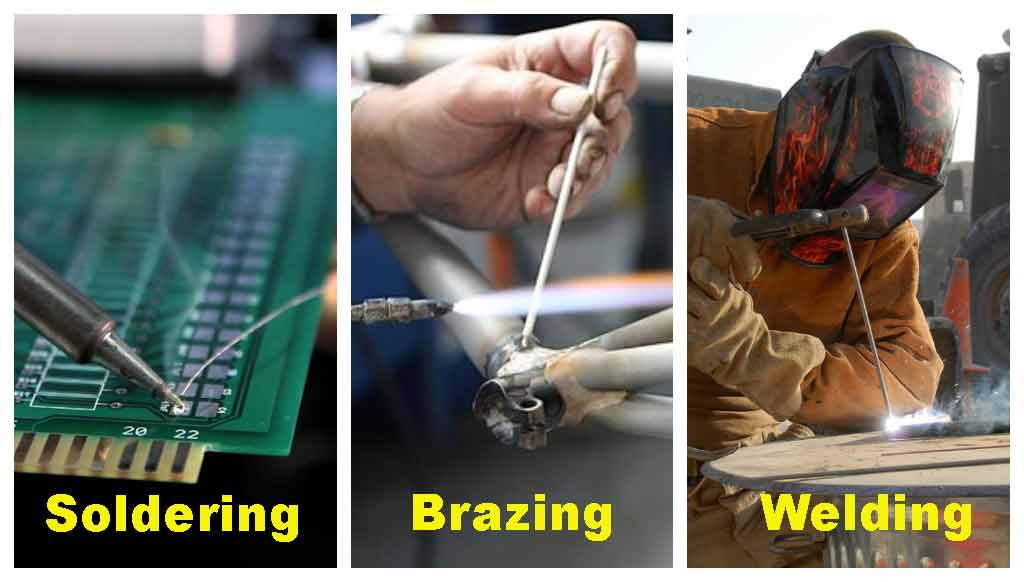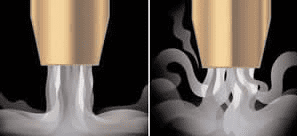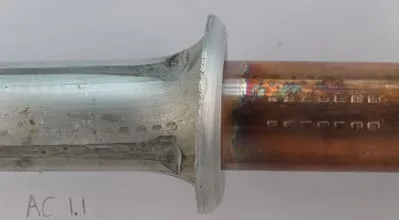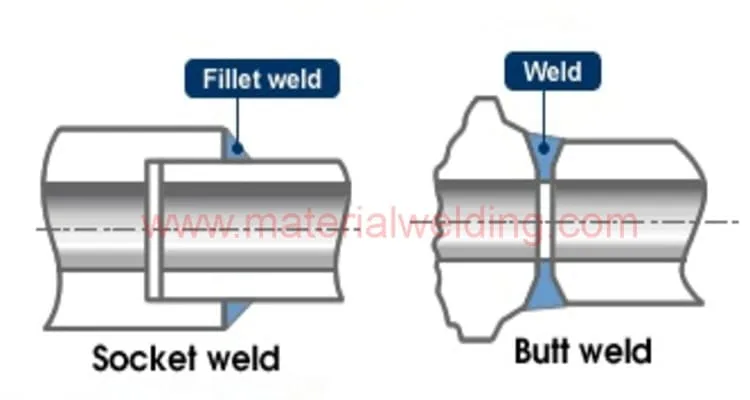What is Pressure Welding?
Pressure welding is a joining process of joining two or more metals together through the application of heat and pressure, resulting in a permanent bond at the atomic level.
It involves creating a localized melting of the metals to be joined, followed by the application of pressure to cause the heated materials to flow and intermix at their interface, forming a solid-state joint.
Pressure welding relies on the metallurgical principle that, when metals are heated and brought into intimate contact under pressure, interatomic bonding occurs, resulting in a joint with properties comparable to the parent material.
The process of pressure welding is widely used in the fabrication of a range of metallic components and structures, including pressure vessels, piping, and other critical infrastructure components, where high strength and integrity are required.
Types of Pressure Welding
There are several types of pressure welding, each with its own unique characteristics and applications. The most common types of pressure welding include:
- Resistance welding: This type of pressure welding uses an electric current to generate heat and create a bond between two metals. The metals are clamped together between two electrodes, and a high electrical current is passed through them, creating heat and melting the metals. When the current is stopped, pressure is applied to the metals, allowing them to fuse together.
- Friction welding: This type of pressure welding uses friction to generate heat and create a bond between two metals. The metals are rotated against each other under pressure, generating heat and melting the metals. When the rotation is stopped, pressure is applied to the metals, allowing them to fuse together.
- Fusion welding: This type of pressure welding uses heat and pressure to create a bond between two metals. The metals are heated to their melting point, and pressure is applied to them to force them together. As the metals cool, they fuse together, creating a strong bond.
- Ultrasonic welding: This type of pressure welding uses high-frequency sound waves to create a bond between two metals. The metals are clamped together and subjected to high-frequency vibrations, creating heat and allowing them to fuse together.
Examples of Pressure Welding
Examples of Pressure Welding are:
- esistance welding
- Friction welding
- Fusion welding
- Ultrasonic welding
- Explosion welding
- Electron beam welding
- Laser beam welding
- Diffusion bonding
- Hot pressure welding
- Forge welding
- Roll welding
- Cold welding
- Solid state welding
- Pressure brazing
- Magnetic pulse welding
- High-frequency welding
What are the advantages of Pressure Welding?
ressure welding offers several advantages over other welding methods. Here are some of the key advantages:
- High strength and durability: Pressure welding creates strong and reliable joints between metals, which can withstand high loads and stresses without failure. The joint strength is often comparable to that of the parent material, making it ideal for applications where strength and durability are critical.
- Precise control: Pressure welding allows for precise control of the welding process, such as temperature, pressure, and welding speed. This makes it possible to create consistent and high-quality welds, which can reduce the need for additional inspections and repairs.
- Minimal distortion: Pressure welding produces minimal distortion in the welded parts, which can reduce the need for post-welding machining or other corrective measures.
- Reduced heat input: Pressure welding typically requires lower heat input compared to other welding methods, which can reduce the risk of metallurgical changes in the welded material, such as grain growth or distortion.
- Versatility: Pressure welding can be used to join a wide range of metals, including dissimilar metals, which can expand the range of applications and reduce the need for additional joining methods.
What are the disadvantages of Pressure Welding?
While pressure welding has many advantages, such as producing high-quality welds with good mechanical properties, there are also some disadvantages associated with this technique. Here are a few:
- Cost: Pressure welding requires specialized equipment, which can be expensive to purchase and maintain. This can make pressure welding a costly option, particularly for smaller jobs.
- Skill requirements: Pressure welding requires a high level of skill and experience to perform correctly. Operators must have a good understanding of welding techniques, materials, and equipment, and be able to make adjustments on the fly as conditions change.
- Limited application: Pressure welding is not suitable for all materials or applications. Certain materials, such as those with high thermal conductivity, may not bond well using pressure welding. Additionally, some geometries may be difficult or impossible to weld using this technique.
- Safety concerns: Like all welding techniques, pressure welding can be dangerous if not performed correctly. Operators must take precautions to protect themselves and others from heat, radiation, and fumes.
- Environmental impact: The high temperatures and pressures used in pressure welding can produce significant amounts of waste heat and emissions. This can contribute to environmental pollution if not managed properly.
What are the applications of Pressure Welding?
Pressure welding has a wide range of applications across many industries. Here are a few examples:
- Aerospace industry
- Automotive industry
- Construction industry
- Electronics industry
- Medical industry
- Oil and gas industry
- Power generation industry
- Shipbuilding industry
- Railways industry
- Manufacturing industry.
